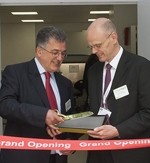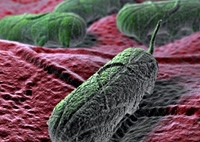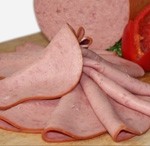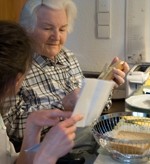Pilot plant simulates factory micro-organism controls

The ‘DirtyLab’, officially opened by Dr Paul Cook, head of the Food Standards Agency’s Microbiological Food Safety Branch yesterday (May 23), is a pilot plant facility with category II microbiological containment capabilities.
This means it can be safely used to evaluate different process treatments on pathogens, something which would not be possible in most food factories without jeopardising food safety.
Within the new facility, hazardous micro-organisms can be deliberately added to foods or equipment in an environment, which directly replicates a food production area, without introducing risks to the commercial production of food.
‘Really important facility’
Cook said: “This is a really important facility to have for Leatherhead and for the food industry generally.
“I know from personal experience having worked in a food science laboratory in a university that the challenge of doing experiments on a pilot scale – from the bench scale, through to full production – is really challenging. It is important that we are able to look at the whole, not only the bench scale, but in situations where we simulate what might happen in real processing facilities.”
LFR’s chief executive Professor Paul Berryman said the facility would enable the study of biofilms, hot spots, sanitation and disinfection processes on production equipment. As LFR’s senior food safety adviser Dr Helen Payne explained, this is important because: “When a process goes wrong it goes very wrong.”
Payne reported that most inquiries (25% of total) LFR received on food safety each year related to processes, preservation and packing. Shelf-life (8%) and microbial specifications (8%) combined represented the next highest, with information requests about specific micro-organisms (13%) being the third highest. However, inquiries about hazard analysis critical control point (HACCP) procedures increased from 3% to 8% over the year. “I think that is significant,” she added.
Challenge testing
The best way to establish the potential for growth or survival of a specific micro-organism in a food or process is to add it to the food in a process known as ‘challenge testing’.
LFR has wide experience with challenge testing, having conducted studies on Listeria spp, Salmonella spp, E.coli, and Clostridium botulinum, as well as many spoilage organisms, including moulds, yeast and lactic acid bacteria.
DirtyLab will allow LFR members and clients to validate the effectiveness of processes against known micro-organisms. These might include the use of controlled temperature, humidity, light and gas conditions for storage of foods; validation of cleaning regimes for equipment; manufacturing of complex foods, such as charcuterie; replication of heating and cooling procedures for food; and validation of critical control points in processes.
LFR’s member-funded forum project on pathogens in low-moisture foods, such as chocolate and peanut butter, uses DirtyLab capabilities. The heat resistance and survival of pathogens in dry foods is being systematically established in products such as nuts, seeds, powder ingredients and flavours with the use of a large-scale heater-mixer.















